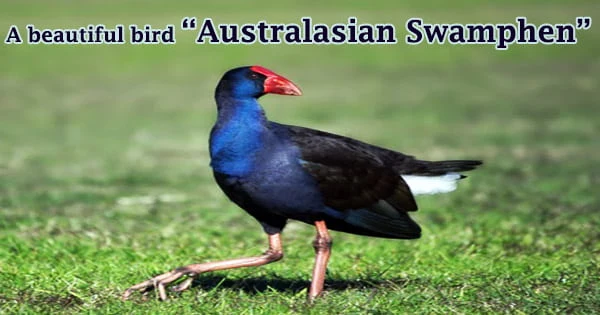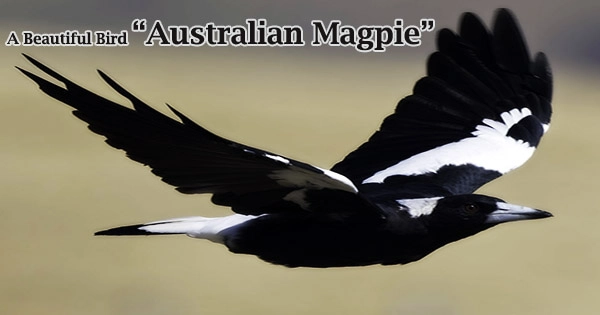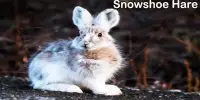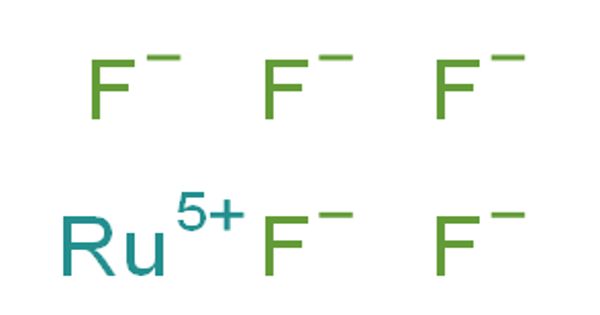The Australasian Swamphens (Porphyrio melanotus) are found in eastern and northern Australia, with distinct subspecies found in the continent’s far southwest. It is a species of swamphen (Porphyrio) that lives in eastern Indonesia (the Moluccas, Aru, and Kai Islands), as well as Papua New Guinea, Australia, and New Zealand. Unlike many marsh birds, which have dull plumage to help them blend in with the weedy flora, the Australasian Swamphen has a vibrant purple-blue neck, breast, and belly, as well as a showy, large bill and frontal shield that are both brilliant red, as are its beady eyes. It is known as the pukeko (from the Māori pūkeko) in New Zealand. The Purple Swamphen used to be considered a subspecies of this species. They are protected as native gamebirds in New Zealand, which means they can only be hunted under license during the duck shooting season. On the West Coast of New Zealand’s South Island, there is occasionally an extended season. They are rarely hunted for food, and the majority are not gathered after the hunt. The bird appears to have become established in New Zealand some 1000 years ago, according to the Heather and Robertson Field Guide. It arrived from Australia fewer than 1,000 years ago, according to Millener (1981). It’s also thought to have spread to New Guinea from Australia. The Purple Swamphen flutters its tail up and down as it walks, showing its white undertail. The bill is bright red, while the legs and feet are orange. The Swamphen is an adept flier for such a large bird, and will swiftly take to the air to flee danger. The lengthy legs and elongated toes lag behind or dangle beneath the body when flying. Purple Swamphens are good swimmers, but they like to hang out near the water’s edge, amid the reeds, and on floating plants. The Purple Swamphen eats soft shoots of reeds and rushes, as well as tiny creatures like frogs and snails. It is, however, a rumored egg thief that will also eat ducklings if it can catch them. The Purple Swamphen eats by grasping food with its extended toes.
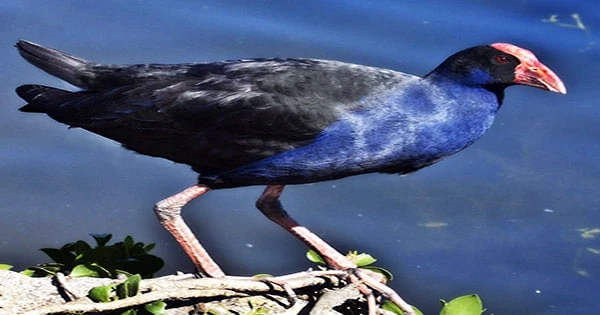
A dead pukeko was discovered on L’Esperance Rock, a tiny, remote rock in the Kermadec group, more than 200 kilometers from the nearest established population, supporting the theory that it is a good flier and may have self-introduced. This displays swamphens’ capacity to fly long distances over water. This propensity to spread is shared by all continental Rallidae, which is why swamphens are frequently seen on distant islands. They dwell in groups of 3–12 individuals and have been observed banding together and shrieking loudly to successfully defend nests against Australasian harrier attacks. They may abandon their nest locations if they are unable to repel predators. Australasian Swamphens are usually seen in small groups, with more males than females, according to studies. A single female will be mated by multiple males. Incubation and care of the young is shared by all family members, as well as the young from earlier broods on occasion. The nest is made up of a platform of trampled reeds, with the surrounding foliage serving as a shelter at times. In a typical year, two broods are raised. Several island species, including the extinct Lord Howe swamphen and two species of takah in New Zealand, are thought to have descended from these birds. This species has only lately established itself on islands where closely similar species have gone extinct or decreased owing to human intervention, such as New Zealand or New Caledonia. As a result, hatching order, rather than offspring, is related to patterns of growth, survival, and adult dominance in this species. Seabirds are frequently spotted hunting for food alongside highways or roadside ditches, and collecting grit. Despite the fact that red grit is less common, a survey found that it is the preferred grit color. The swamphen was also thought by some Samoans to be the personification of Vave, a mischievous and hostile demon. Except in extreme circumstances, swamphens have little history of being used as sport game or chicken food. The Swamphen is an adept flier for such a large bird, and will swiftly take to the air to flee danger. The lengthy legs and elongated toes lag behind or dangle beneath the body when flying. Birds are frequently spotted hunting for food and collecting grit alongside highways or roadside ditches, either alone or in groups of two to three. Because Mori in New Zealand linked red with aristocracy and power, the bird was held in high regard and kept as a main pet due to its red beak and legs. Except in extreme circumstances, swamphens have little history of being used as sport game or chicken food.
